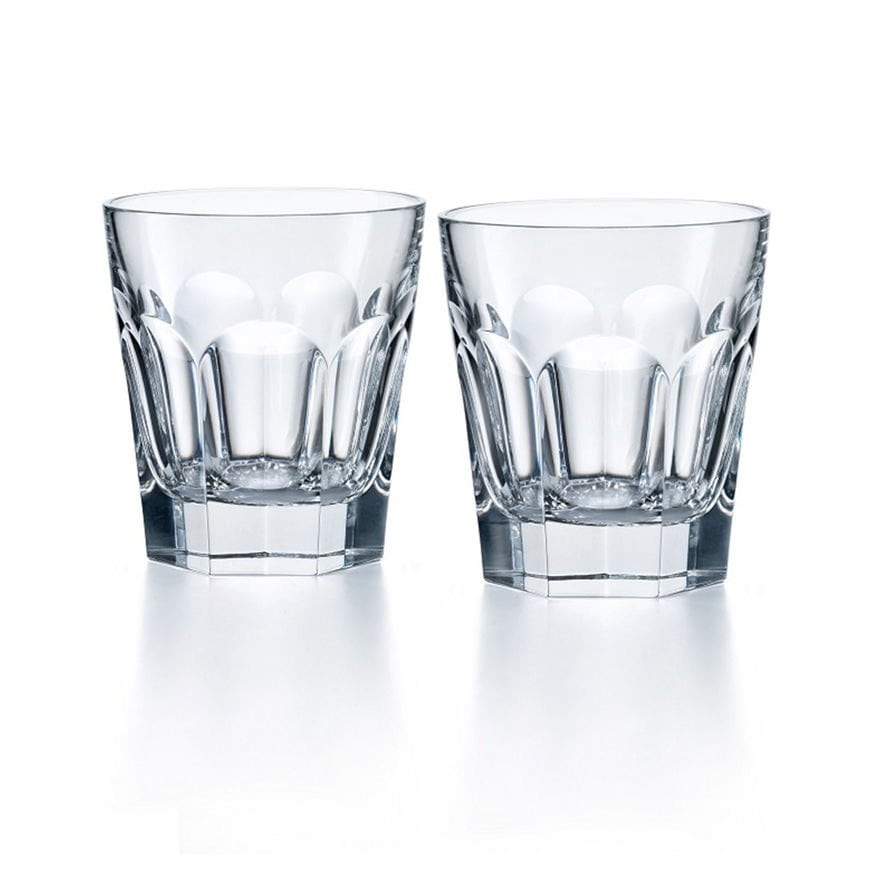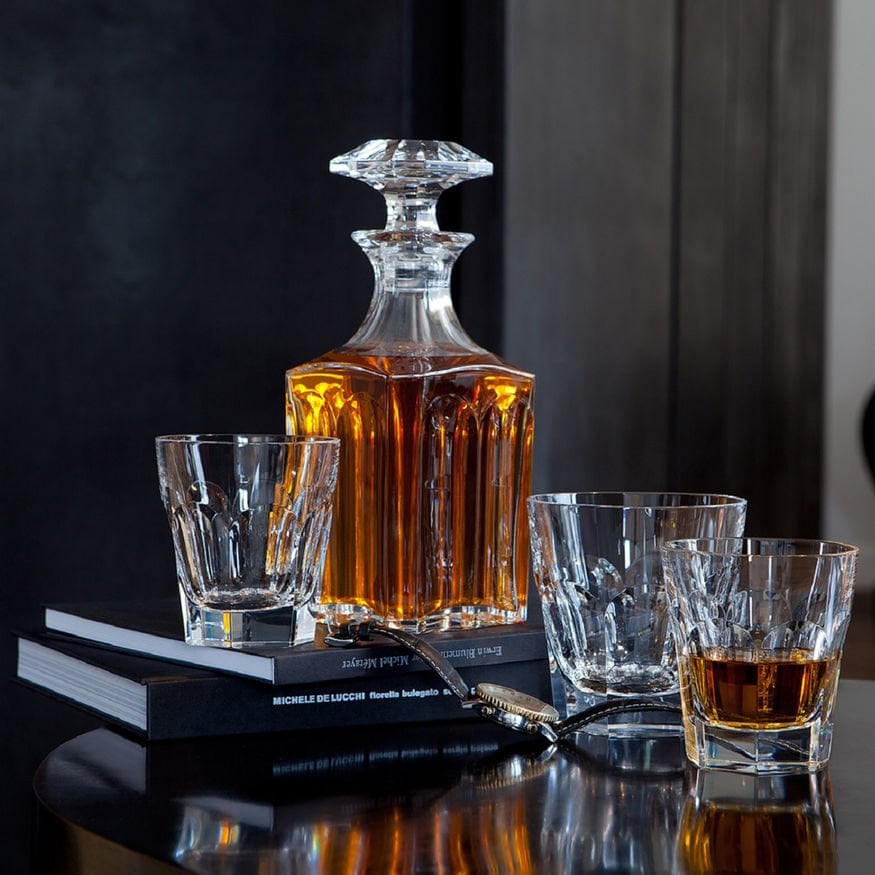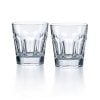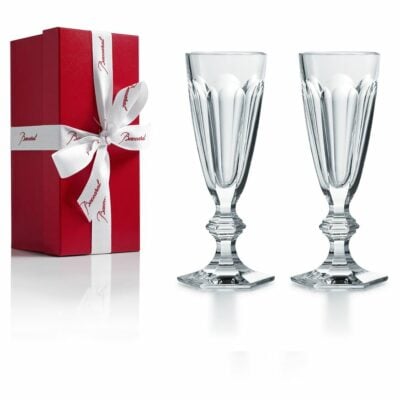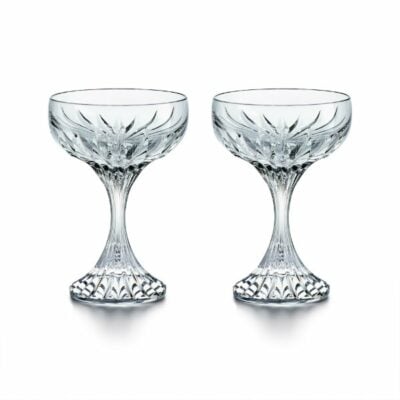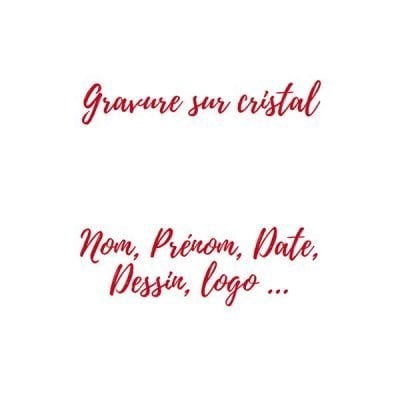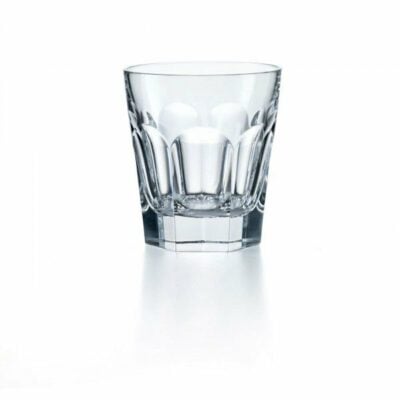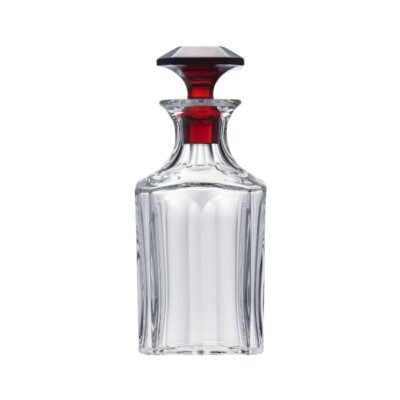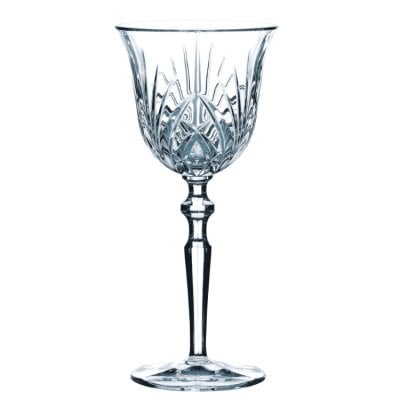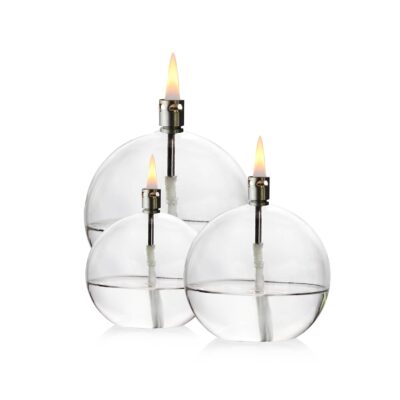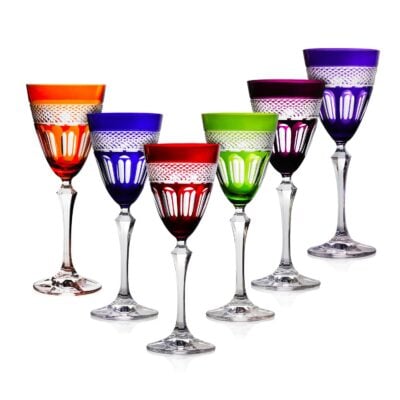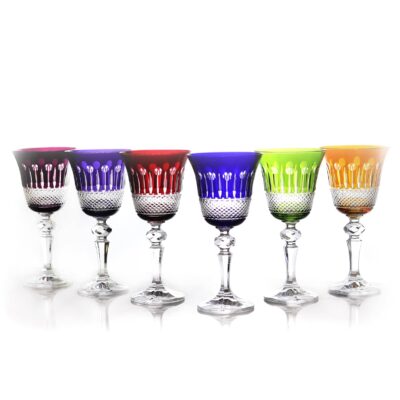WE PROVIDE INSURANCE FOR YOUR ORDER
With more than 138 years of experience, our export team takes the greatest care to package each order. A damaged product? We will send a new one. A lost parcel? We will send a new one. The shipping cost include an insurance break and lost.
CUSTOMER REVIEW
ENJOY TAXFREE
For a delivery outside the European Union, you can pay your order without VAT. Please, use the coupon code FREETAX into your cart.
RECEIVE A GIFT FOR EACH ORDER
We take care of our customers. For each order, you can select a gift in you cart. More you buy, bigger the gift is. Follow this link to discover the gift list.
WIN FIDELITY POINTS
We reward your fidelity. Each order allows you to win fidelity points, that you can use for your next order. Enjoy extra discount. Don't forget to creat an account or to login into it. Learn more ?
ADDITIONNAL INFORMATIONS
HARCOURT – 1841 TUMBLER OLD FASHION :
HARCOURT – 1841 TUMBLER OLD FASHION, Since its creation in 1841, Harcourt 1841 stemware has been selected by Pope John-Paul II, the Queen of Thailand, the King of Morocco, and many other important figures. The Harcourt 1841 collection has also been a staple of French power, used during the age of Napoleon III to the contemporaneous Palais de l’Elysée. The Harcourt 1841 tall champagne flute is notable for its architectural form and innovative proportions. The protracted silhouette of the bowl, which has flat cut sides, is anchored by a short beveled stem and hexagonally-shaped foot. Discover Harcourt Baccarat collection.
♦ BACCARAT 2017 :
The « Gold Wave » Products embody a current and future trend. In decoration, trend notebooks are formal: warm and precious colors are and will be very present, ranging from amber to fold, through copper and bronze.
Baccarat translates this tendency in crystal by a camaïeu of yellow and gold allowing different sets of light. Some crystal clear products are gilded with 20 carat liquid gold (833/1000) hand-made by brush, others are lacquered in amber or with a metallized gold. These colors are bright and warm: they give energy to the products and stimulate the look.
♦ THE FIRST FRENCH CRYSTAL GLASSWORKS :
On 16 October 1764, Louis XV authorized the creation of what would become the prestigious Baccarat crystal works. Having convinced the king, there remained the question of finding a manufacturing site. The choice fell on Baccarat, a village already known for its drapers. It had space, a willing workforce, but also a river, the Meurthe, which would soon be running through the glassworks and delivering a regular supply of timber floated from upstream. Everything was in place. In 1766, an entire range of glass, mirrors and “Bohemia-style” glassware was produced in the furnaces. While the freshly created enterprise paid little heed to the quality of its production at the time (no crystal strictly speaking!), it prospered nonetheless. But the Revolution and the wars that came in its wake deprived Baccarat of export markets in Europe. With its raw materials requisitioned and the young men making up its workforce being sent to the front, the firm went bankrupt. The factory was bought and sold several times, scraping by until 1816.
It rose from the ashes on this date as a result of Louis XVIII granting Aimé-Gabriel d’Artigues, the owner of the Vonêche crystal works in Belgium, an exemption from customs duties, provided he established a crystal manufacture in France. D’Artigues chose Baccarat where he took over the Sainte-Anne glassworks, converting it into a crystal glassworks.

